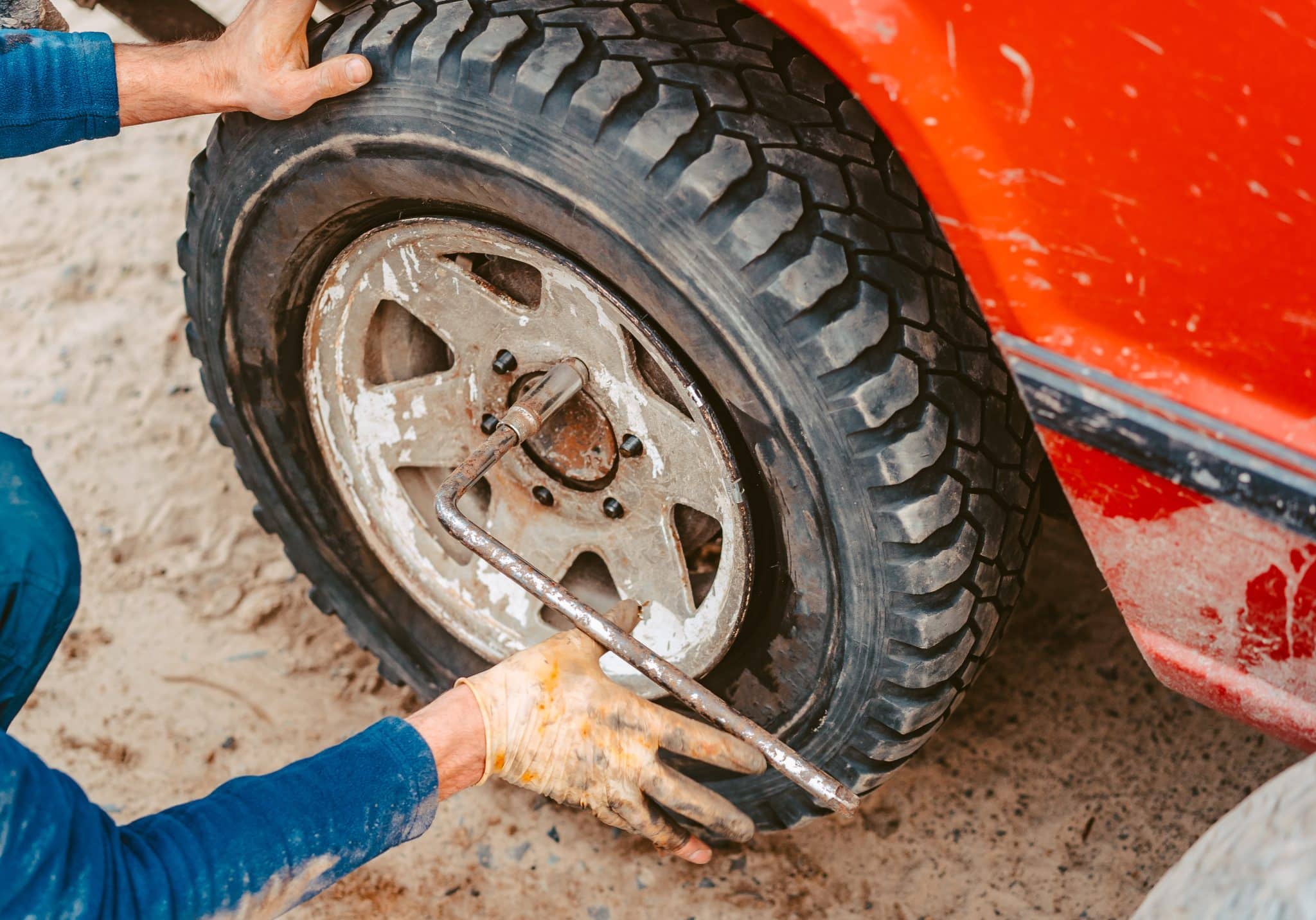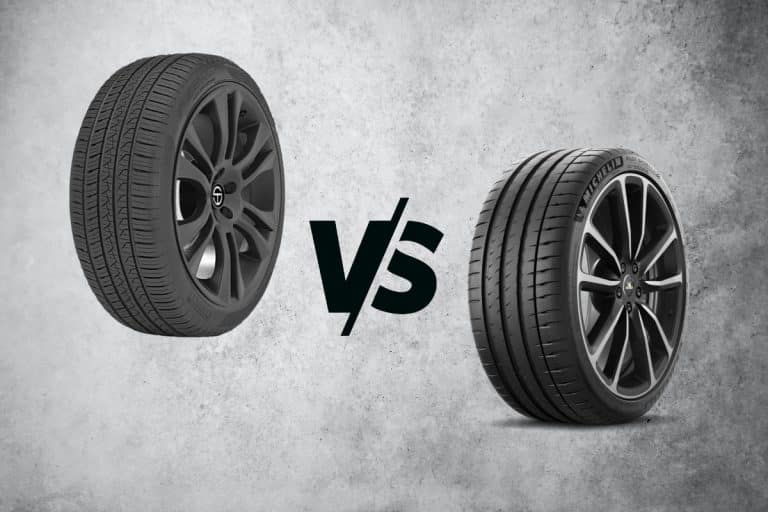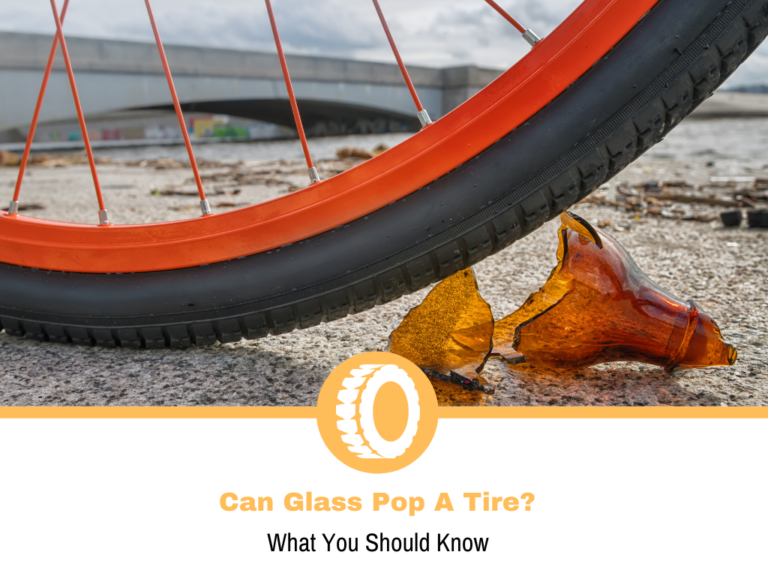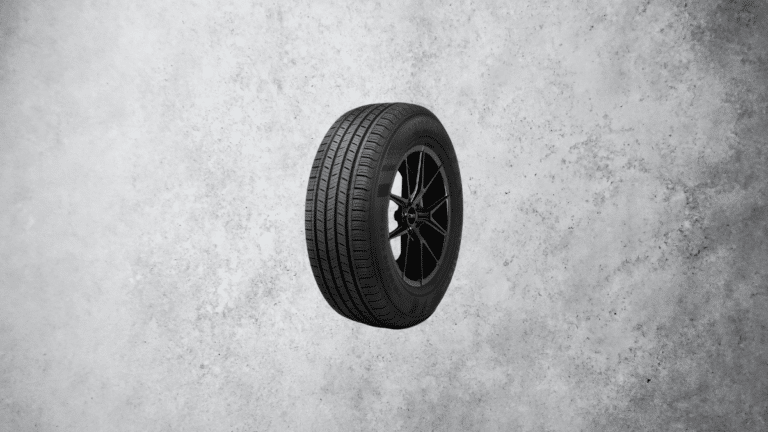Tire Repair Kits Guide
There are many aspects of owning and driving a car that we owners face. In a perfect world, we’d be running our cars perfectly happy, do regular maintenance, replace the tires when needed, and have no worries in the world. Unfortunately, that’s not really the case, and there are many unexpected situations we find ourselves.
Among the more common problems we see on the road are tire punctures, which can ruin your day quite nicely. There are many reasons why you may get a puncture, ranging from debris to your negligence in terms of tire maintenance. Regardless of which one it is, fixing the problem on the road is crucial.
In the olden days, cars came with a full-sized spare tire, so if you got a puncture, you could replace it and be on your way. At a certain point, that got replaced with a donut tire, and today, the donut tire is replaced with a tire repair kit, which is what I’ll be talking about today.
My guide on this topic will cover everything from defining what a repair kit does, which is obvious, to the pros and cons, including some of the limitations.
What is a Tire Repair Kit?
A tire repair kit is a set of tools in all new cars designed to help you patch a puncture on the road. It’s a compact set of tools with everything you’d need to patch up a tire, inflate it and continue driving. This is the advertisement for these kits, but they aren’t as perfect.
Why do Tire Repair Kits Exist?
If you drive an older car, you probably have a full-size spare wheel in the back, so you’re curious about the story behind the existence of these things. Things were simple in the early days, you get a flat, you replace it with the spare, and be on your way. You can patch up the spare whenever you feel like it.
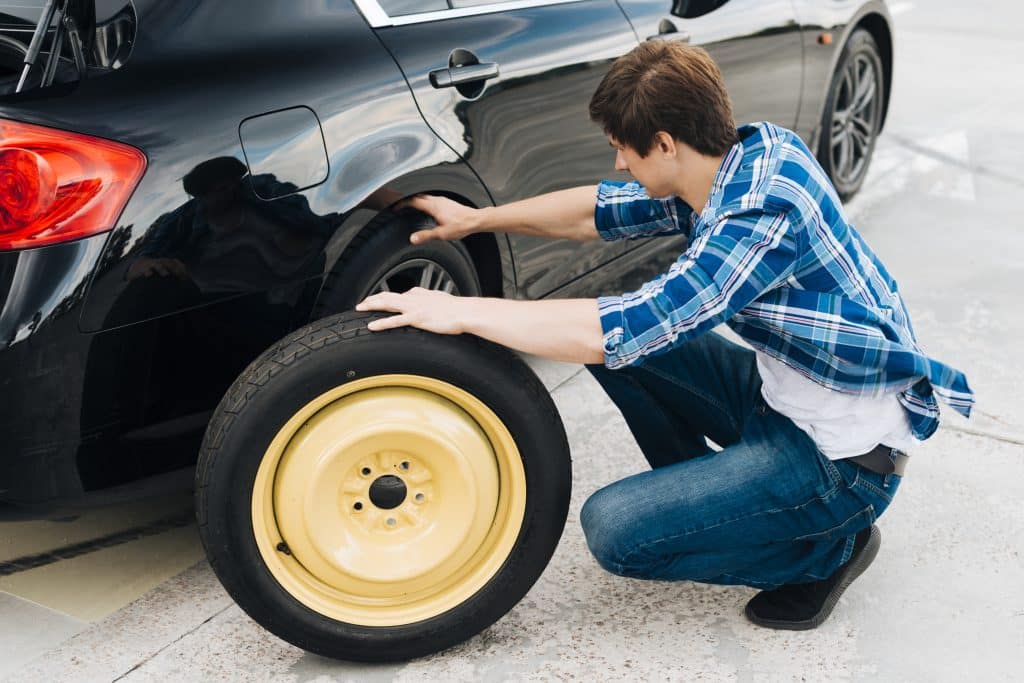
As car technology progressed, our 4-tired companions started to gain weight, which meant that certain measurements had to be taken. For reference, a Corolla from the 90s was well below 2,500 pounds, while a modern one is over 3,000, which is a massive difference. Around that time, manufacturers were looking for ways to save some weight, and the solution was a donut tire. They were lighter and cheaper than a full-size spare, and people were fine with it. There are some limitations, but it’s good enough to get you to the nearest tire shop.
Donut tires were fine until manufacturers started to think even lighter and cheaper, which leads us to today. Most cars today come with a repair kit, and the use of these tools has increased for the past decade or so. It’s almost impossible to find a car with any kind of spare. So, why is that?
Tire repair kits are small, light, and cheap. They weigh only a fraction of the spare tire and take up much less space, which means you’re getting more cargo space and less weight. In modern cars, manufacturers try to shave as much weight as possible. As for the price, a kit is much cheaper than the wheel and tire combo of the spare.
Types of Tire Repair Kits
You’ll find two types of tire repair kits on newer cars – sealant and plug kits. Both work differently, so let’s see which is which. There are plenty of different models, so finer details may differ from one model to another, but the principle will be similar.
Sealant Kit
These repair kits rely on a sealing compound in a pressurized canister that you inject through the valve stem. As it goes through the tire, it “finds” the puncture and seals it, preventing air from escaping. Depending on the type you have, the canister may come with an air compressor, so you’re doing both steps at once. On the other hand, some kits have these separately, so first, you need to push the sealant into the tire and then inflate it separately. Both should work the same, so there aren’t massive differences.
Plug Kits
On the other hand, you have tire plug kits, which work differently. This kit works from the outside, so you must clean the hole and force the plug into it. It’s equipped with vulcanizing cement, which should prevent air from escaping when hardened and installed correctly. The kits usually come with a set of pliers so that you can cut the excess. Once that process is done, you can use a 12-volt air compressor to inflate the tire and check for leaks. This is a slightly more demanding process because there are multiple steps involved.
Pros and Cons of Tire Repair Kits
Like everything in the world, tire repair kits have advantages and disadvantages, so let’s look at both sides of the story.
Pros
One of the several reasons why car manufacturers threw out the spare tires in favor of repair kits is the space. A donut tire or, in the worst case, a full-size spare takes up a lot more cargo space than a tire repair kit. Usually packed in small cases or pouches, you can throw these in any corner and don’t worry about being bulky. Removing the spare tire from the equation allows car manufacturers to offer you more cargo space because they won’t have to worry about designing a well for the spare tire.

Next up, we have the price. If, for some reason, you don’t have a tire repair kit in your car, you can purchase one. A decent set with an inflator costs around $30 to $50. Considering the options available, you can find one for a lower or higher price than that. Also, if you already have a compressor, you can get the small plug kits for much cheaper. As a comparison, a donut tire is easily above $50, depending on the size and many other factors. The price goes even higher with full-size spare tires because you’ll need a 5th wheel and a new tire.
Finally, we have the moment of no heavy lifting, which can be an issue for some with a spare tire. Regardless of which type of tire repair kit you have, you won’t need to remove the tire from the car, and in some cases, you may not even have to jack it up. Removing the tire would make the job easier as things are easily reachable, but it’s not mandatory. People who don’t want to lift heavy things tend to consider this an advantage.
Cons
As good as things seem with the tire repair kits, they aren’t perfect. The biggest drawback is the limitation. They can help you with a puncture as long as the hole isn’t larger than 1/4 of an inch, which is fine for a nail or a screw. Anything more than that, and you’ll be left calling for a mobile tire repair or a tow truck. Also, the puncture needs to be on the tread area if you want to fix it properly. On top of that, there are some limitations in terms of how much you can repair if the puncture is on the shoulder blocks.
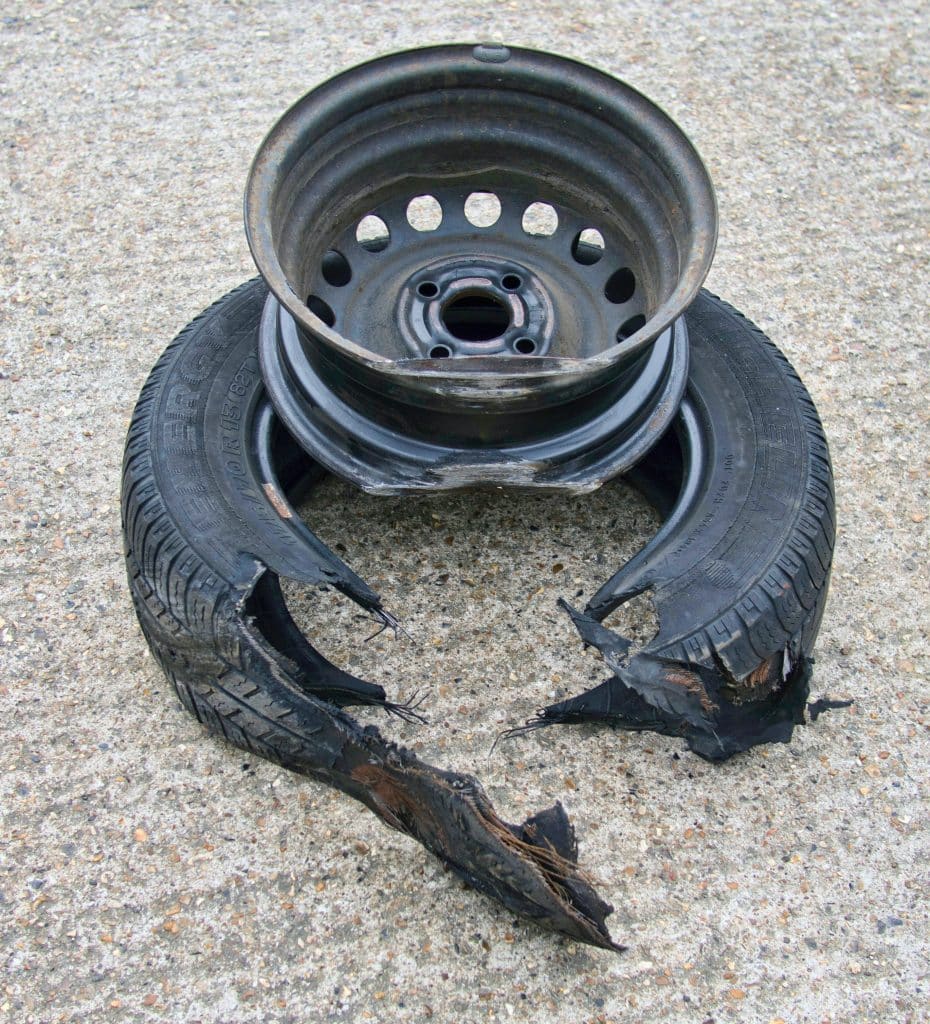
The tire repair kits won’t fix additional damage like a blowout or damage to the sidewall. To be fair, even a tire shop won’t fix a damaged sidewall. With a spare tire, on the other hand, you won’t have to worry about how much damage the tire or wheel has. The tire can be disintegrated, which won’t make any difference because you’re replacing it with the spare.
The final drawback is in terms of how long the kit will hold. Depending on how good of a job you do, you may not have success on the first try, so some air may leak. This is why driving straight to a tire shop is recommended to get the tire properly patched. It’s similar to a donut tire, but the plug or seal may not hold well here, so you’ll need to redo the process if you have some material left to work with. More or less, it’s a similar situation as with a donut tire, but the risk of a leak is increased.
Where to Purchase a Tire Repair Kit
Let’s say, for whatever reason, you don’t have a repair kit and want to purchase one, just in case. You can get them at any tire shop, online services like Amazon or eBay, or even at some well-equipped gas stations. There is a large variety to choose from, so you won’t find yourself in a situation where you won’t have an available option.
Also, if you already had a kit but hat to use some of the plugs or the sealant, you can purchase them separately. They are quite cheap, and you won’t have to repurchase the whole set. Whatever you do, it’s important to have a working repair kit and an inflator to get the job done.
Conclusion
Tire repair kits are slowly taking over the market. They offer several advantages over a spare tire regardless if you compare them with a full-sized one or a donut. With that said, there are also some disadvantages, which some people, like me, aren’t massive fans of.
My IS250 has a donut tire, which is limited when compared with a full-size one, but I believe it to be a better option than a repair kit. It allows me to change a punctured tire in about 10 minutes without worrying if I’ve repaired the tire properly. I would like a full-sized one, but it’s problematic for a car with a staggered setup.
Overall, you should decide whether to go for a repair kit or not. Ideally, you wouldn’t ever want to use it, but accidents happen, so it’s good to have it at hand, just in case.
